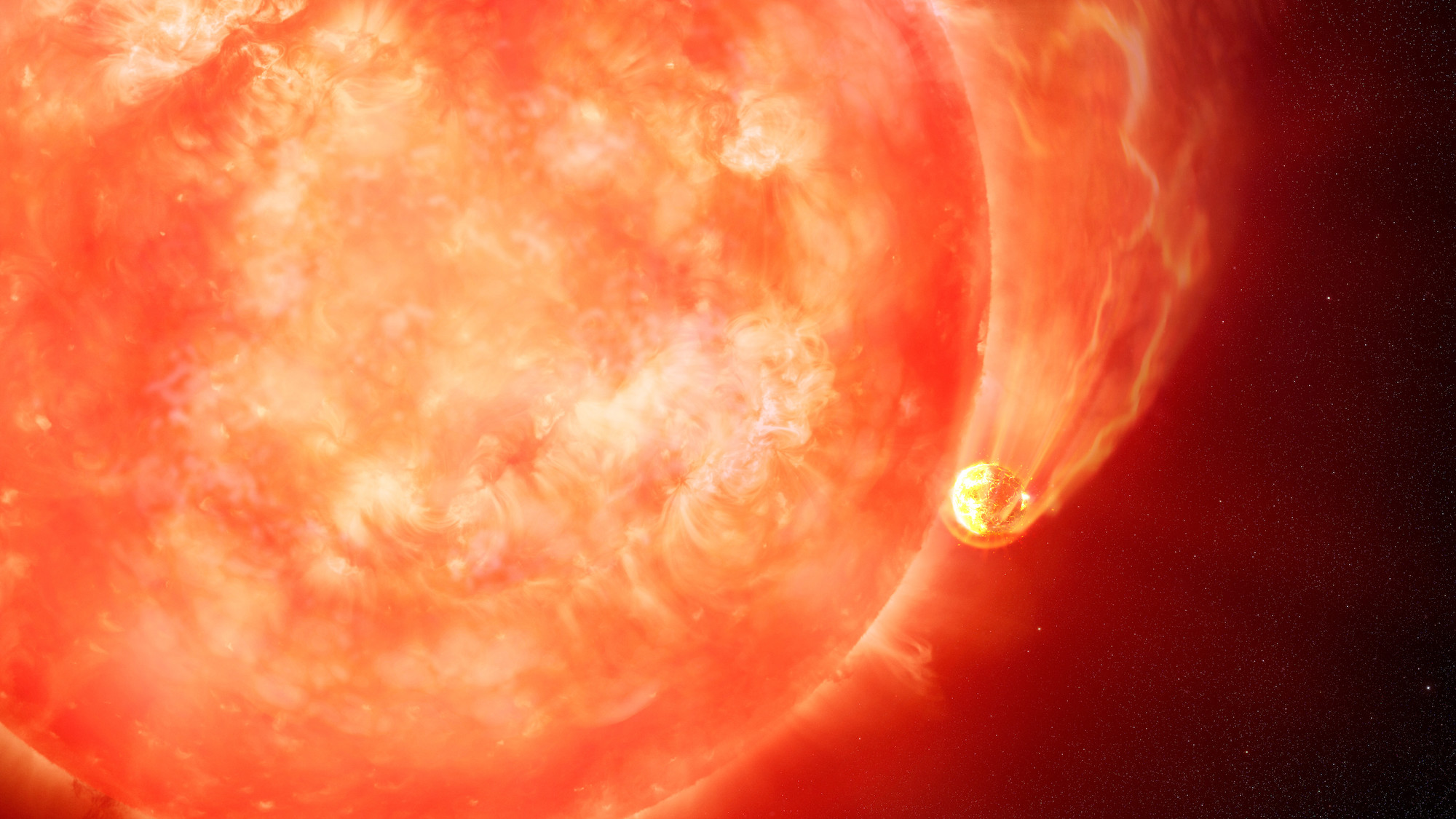Massive ice volcanoes found on the former planet Pluto hint at the possibility of liquid water located deep beneath its surface.
The volcanoes, multiple miles high, have resurfaced large areas of Pluto's terrain by spewing out icy material during eruptions, and producing wavy, lumpy terrain features that have not been seen anywhere else in the solar system.
One such volcano, Piccard Mons, is around 4.3 miles high at its peak and around 140 miles wide. Another, Wright Mons, stands about 3.1 miles high and is around 93 miles wide.
Click through the gallery below to see stunning photos of Pluto
Pluto is a dwarf planet that exists in the Kuiper Belt, a circle of icy objects that orbit the sun past the orbit of Neptune. It is a tiny, rocky, distant world, just one sixth the width of Earth—about half the width of the United States—and 39 times as far away from the sun as we are.
Since it's so far away from the sun, Pluto is an extremely cold, inhospitable place. It has an average surface temperature of about -387 degrees Fahrenheit and a thin atmosphere that is mostly made of nitrogen, methane, and carbon monoxide. In other words, Pluto is too cold to sustain life.
Or is it? Despite Pluto's icy shell, modeling has suggested that the planet's interior may actually contain a water-rich ocean that could lie over 100 miles beneath the surface.
What's more, since the area has a lack of impact craters the observed volcanic activity on Pluto is thought to be relatively young—relatively being the key word here, since even the youngest areas are likely to be hundreds of millions of years old.
Still, this suggests that even today the planet could retain a source of heat, possibly due to the radioactive decay of material.
The possibility of a relatively warm, liquid water ocean beneath Pluto raises the question of whether some sort of life could exist there.
Kelsi Singer, a planetary scientist at the Southwest Research Institute in Boulder, Colorado, and the lead author of a study detailing the Pluto volcano research, told Space.com that there are "still some big challenges for poor microbes that want to live on Pluto."
The study, 'Large-scale Cryovolcanic Resurfacing on Pluto', was published in the journal Nature Communications on March 29.
Pluto is not the only object in the solar system that might host liquid water beneath its surface—apart from Earth, of course. In 2019, NASA scientists confirmed that they had found water vapor on the surface of Europa, one of Jupiter's dozens of moons.
Scientists had previously thought that, if liquid oceans did exist beneath Europa's ice surface, then some of this water would sometimes erupt into space via vast geysers. The detection of water vapor on Europa is not the same as finding liquid water directly, but it was, in the words of NASA planetary scientist Lucas Paganini who led the investigation, "the next best thing."
Uncommon Knowledge
Newsweek is committed to challenging conventional wisdom and finding connections in the search for common ground.
Newsweek is committed to challenging conventional wisdom and finding connections in the search for common ground.
About the writer
To read how Newsweek uses AI as a newsroom tool, Click here.






